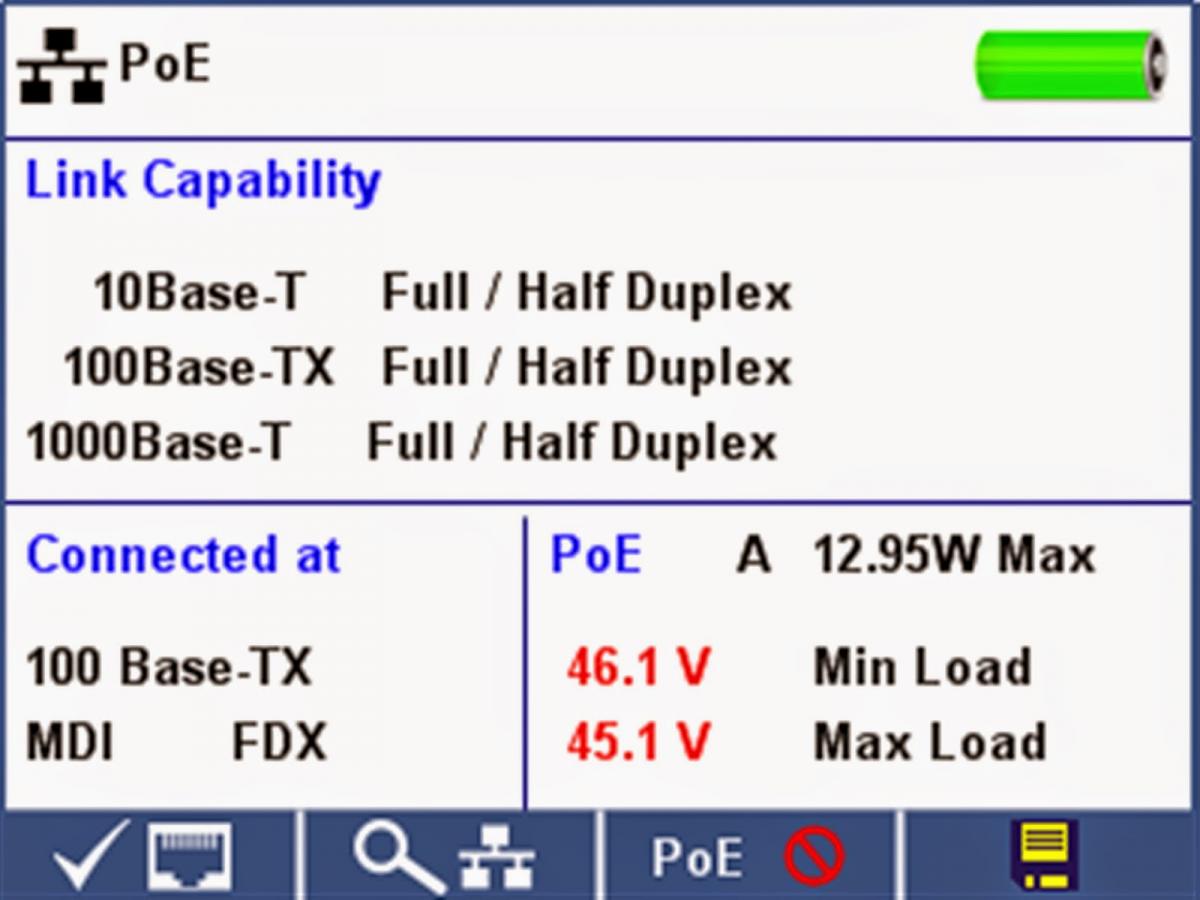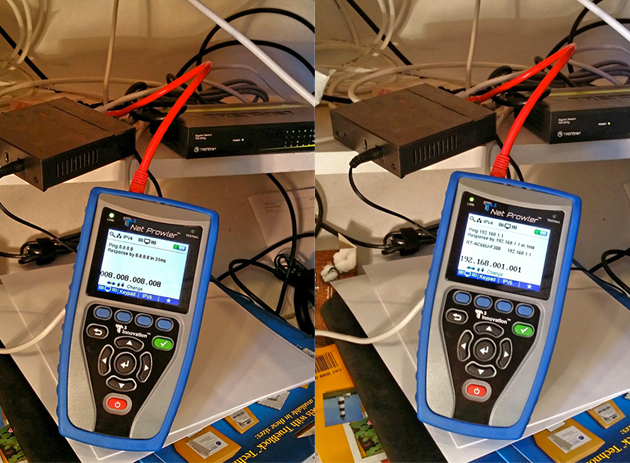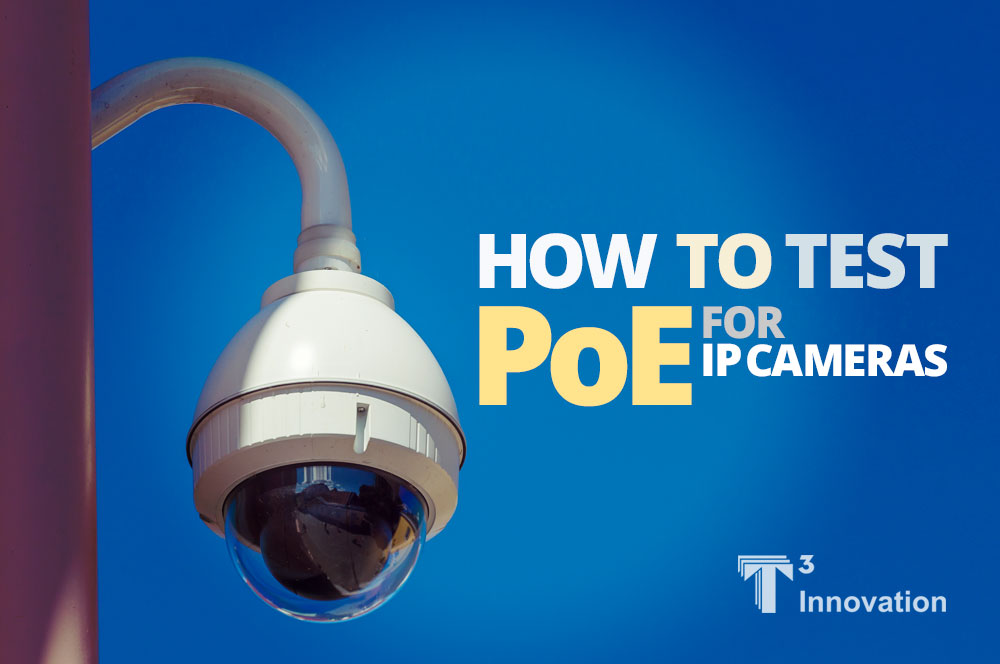The following is a guest post from Bradford Whipple, brought to us by T3 Innovation, maker of the Net Prowler™ Cabling and Advanced Network Tester.
I install quite a few IP cameras regularly. When possible, I power the cameras with what is called POE, or power over ethernet. This comes in handy, because both your power supply and your data can travel over the same Cat 6 cable. In order for this to happen, you obviously need a POE capable IP camera, but you also need a POE switch or POE injector. There are some reasonably priced POE switches on the market, but if you have multiple cameras on one POE switch, or use stranded Cat 5 cable rather than say solid copper Cat 5e or Cat 6, you may have some issues.

The Net Prowler has a really useful feature to test PoE for IP cameras, where you can connect your IP camera’s network cable to your Prowler, and actually test the POE switch. The Prowler detects if either POE (max 12.95 watts) or POE+ (max 25.5 watts) is present. If either is detected, the Prowler actually tests the voltage under minimum and maximum current load, and displays the results. The sample test shown above is identifying a POE connection with Mode A (using pins 1 and 2 for the positive voltage, and pins 3 and 6 for the negative voltage). POE has a maximum of 12.95 watts and is providing 46.1 volts under minimum load, and 45.1 volts at maximum load. The fact that the voltage is displayed in red, indicate a possible low quality cable such as aluminum clad, or even a long run with a stranded cable versus a solid copper cable. The Prowler also identifies the connection status, as well as the link capability status. In this case, it is connected at 100Base-TX, with a link capability of 1000Base-T.
You may ping your router from anywhere within your network to test your connection to both your local network, as well as the internet.

This is a huge help to troubleshoot connection issues, including bad or intermittent connections through a specific switch or hub. The Net Prowler even gives you the option to select the IPv4 (internet protocol version 4), or the newer IPv6 (internet protocol version 6). This helps to future-proof this device, as there are no more available IPv4 addresses left to distribute, so eventually, we will be forced to move to IPv6 addresses to satisfy the demand.


